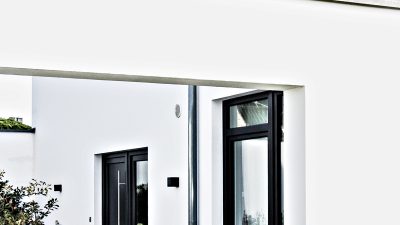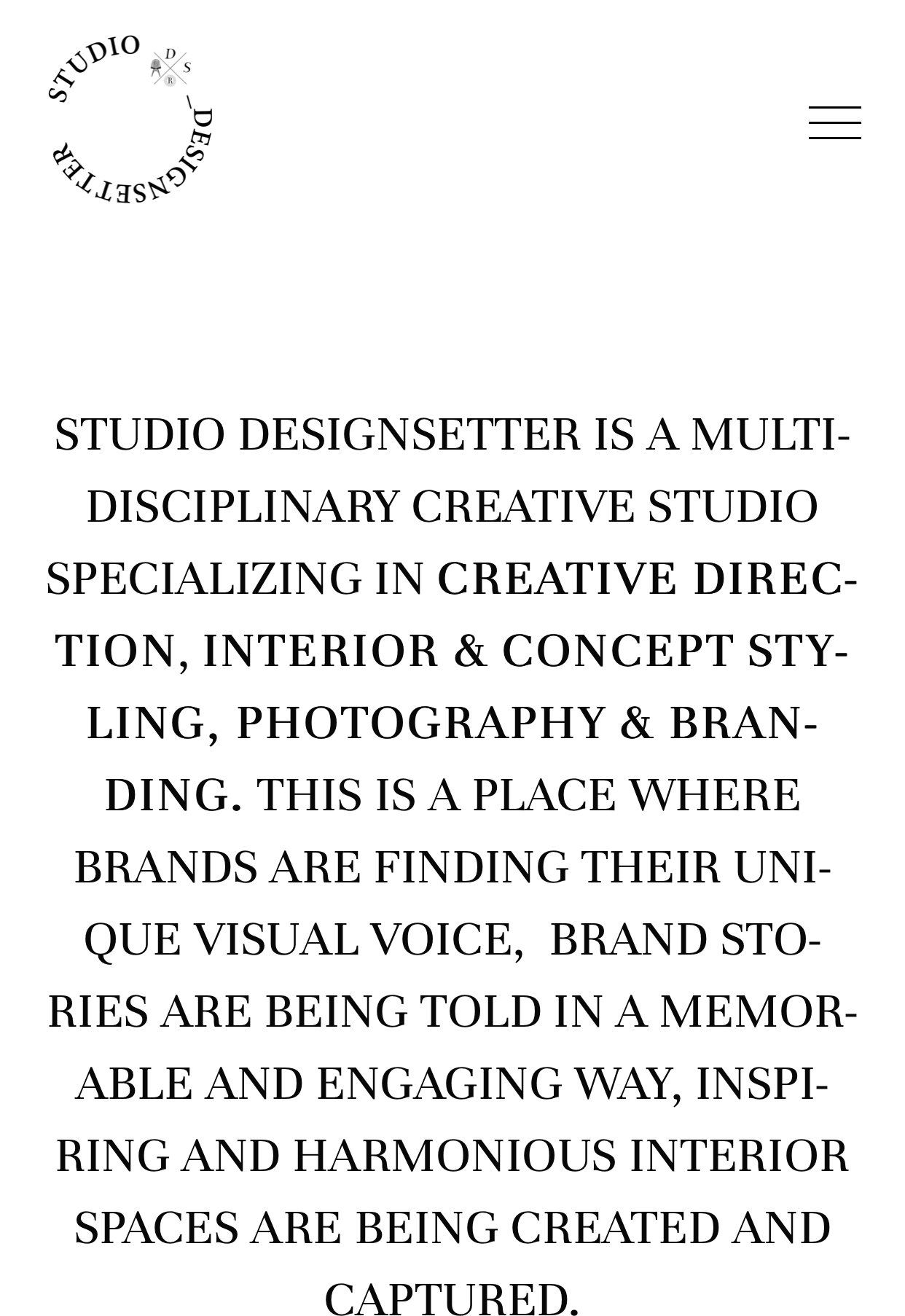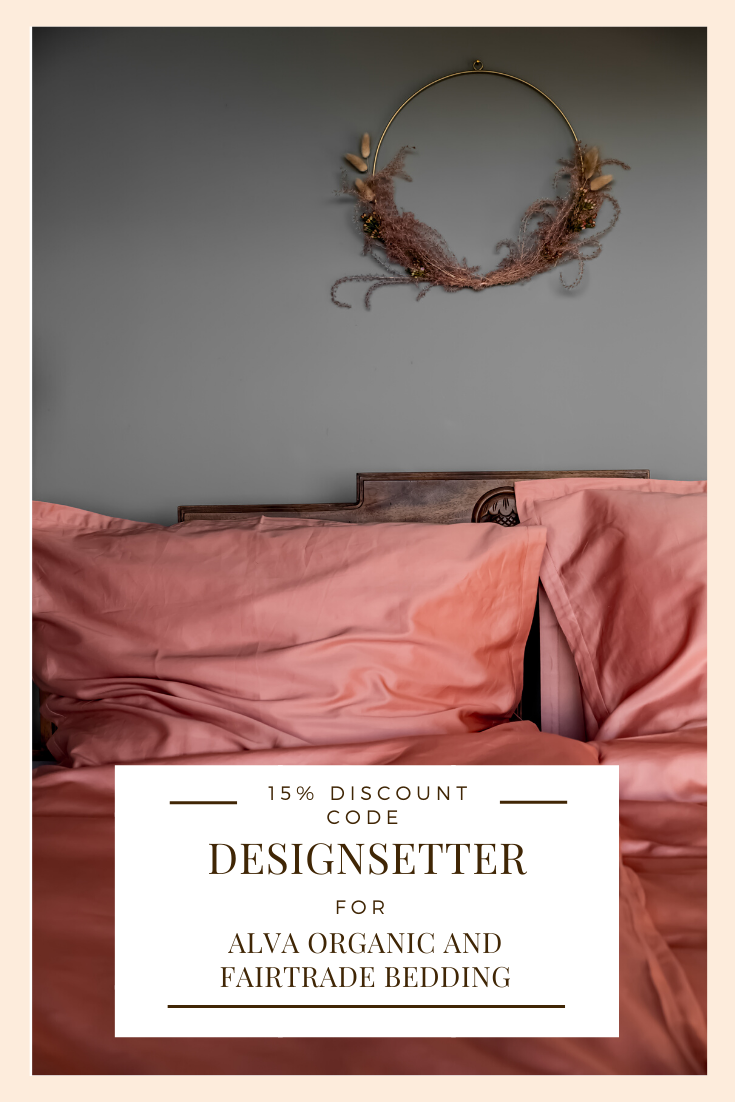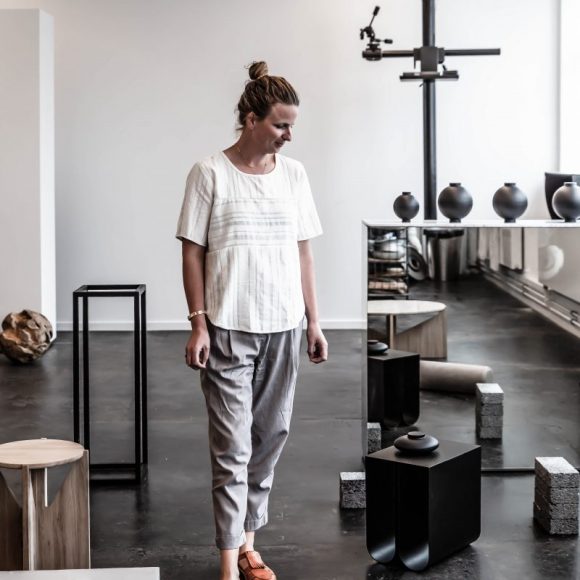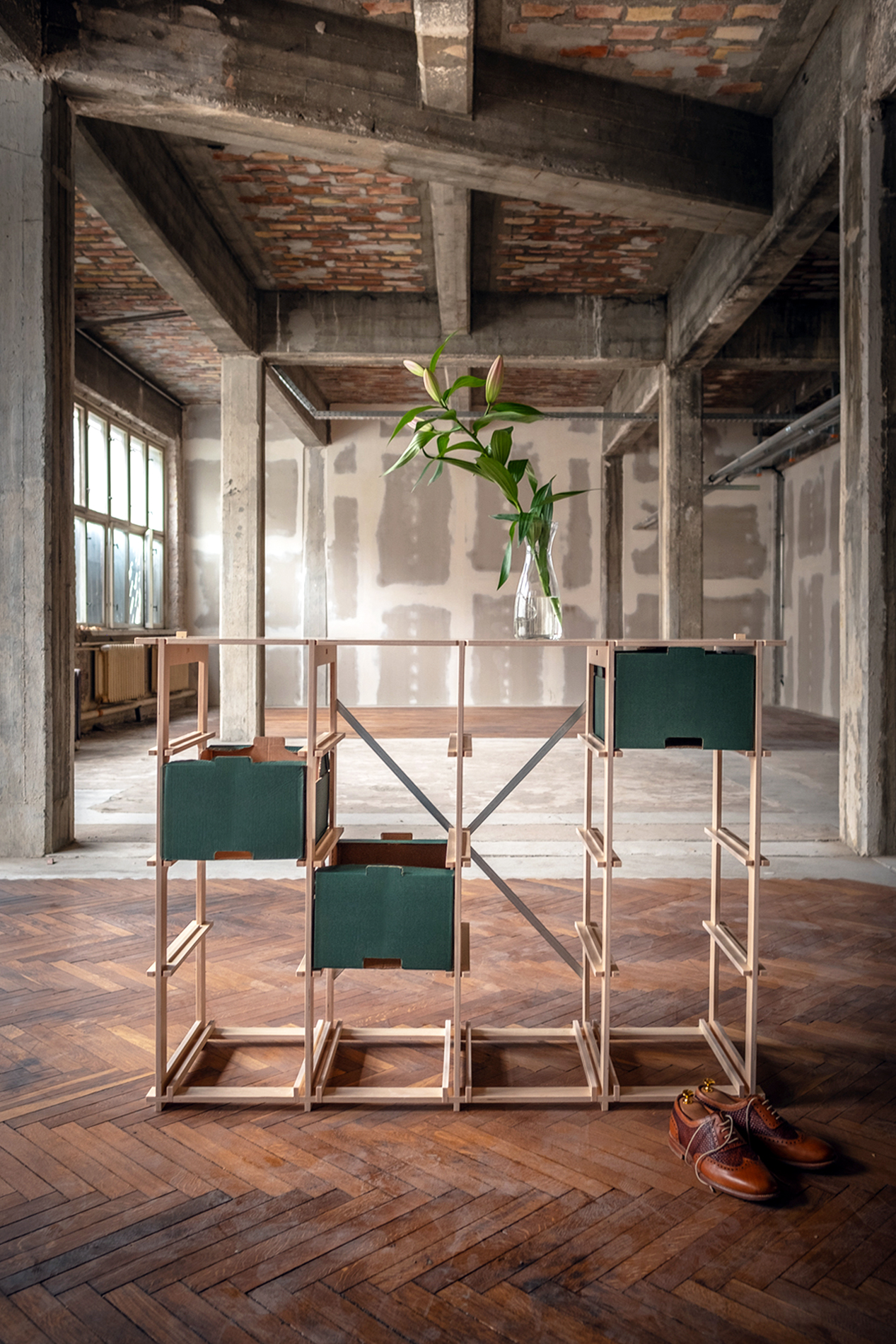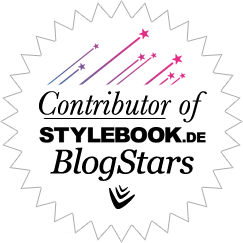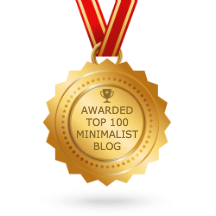We had the chance to make a Hanne Willmann Interview in Berlin. She is a young product designer currently living and working in the capital of Germany. Her core competencies lie in the areas of furniture, lights and tableware. Hanne was selected as „Design Talent of the Year 2015“ by A&W Magazine as well as became the Newcomer Finalist 2016 for German Design Award. Beyond all that, she is a true inspiration for young designers, inspiring us to experiment and trust in the creative life path.
How did your path as a designer begin? How did you come to the decision, to make product design as your main focus?
I have a very creative mother and an absolute maker as a father. Both of my parents always inspired us three children to experiment without expecting a perfection. I think when you play with raw materials so early, you loose the fear of breaking things, you just try. Trial and Error. Through this early experience, I developed the wish to work creative, with something haptic. Luckily I always was surrounded by people who inspired me and supported me to follow this path. When you study product design, it is important to experiment a lot. Only this way you can develop new ideas and products. In my case, I studied at the University of the Arts in Berlin. There is a great focus on experimental freedom, which ignited a great sense of ambition in me.
What makes in your opinion a great design product? Which emotions and effects it aspires to create?
For me, a good product design should only have one target function. Many products claim to be an allrounder but are just medium in all their abilities. So the client ends up buying double. The most sustainable products are those who have a long life cycle – this is achieved through the use of materials, the quality of the product and through the emotions that the product can evoke. Only if a product affects us in an emotional way, we want to keep it for our whole life, maybe even to pass it on as a heritage. This is true sustainability!
Do you follow a certain process for your work or comes each project with a process on its own?
Usually, the ideas for my projects are actually incidentally developed. For example while I am working on a different product and something does not work out, often an idea for a new project is being born. As soon as I have the first draft, it goes into a model making process, then to CAD and then back to the prototype process. Mostly, I let the projects lie around for a few weeks, then I come back to them with a new way of seeing them. This way I get a new sense for the product.
How is the Willmann Vase for the Scandinavian Brand Menu originated? Did you have certain emotions or thoughts you wanted to communicate with this product? How long was the creation process till the vase achieved its final shape?
My approach to this project was purely technological: I wanted to pour a glass with a thread directly during the hardening process of the concrete, in order to be able to turn it out again and get a shutter sealing. Then came the design part. The idea of the thread has unfortunately not survived, but less complicated solution: the concrete part is simply put on top of it. My first prototype also had the same proportions as the now finished vase for Menu; Only the color of the concrete changed a little.
How did it come to a cooperation with the Scandinavian brand, Menu? Have you simply presented your idea and design to them or was it a response to a particular briefing from Menu?
I sent the draft to another Scandinavian manufacturer, who passed it on to Menu without my knowledge. Then suddenly came the call from Menu – for me it was a total surprise!
Your path as a designer is a great inspiration for young designers. It is indeed very admirable how your path as a designer after the graduation at the Berlin University of the Arts 2014 in the following years unfolded. You work with top designers such as Achim Heine, Werner Aisslinger, Stefan Diez, create a vase with top Scandinavian Brand Menu, win the award of the A & W Design talents of the Year and become the German Design Award, newcomer finalist. In addition, you are also a lecturer at the Anhalt University of Applied Sciences, Dessau and participate in the Design Week Mexico. What inner attributes drive you to make the right steps on your way, and what would you recommend to the young designers to help find their own way and master it?
I often wonder how everything goes so quickly. I think people just trust me. To be honest, I am often surprised, but then I greet what ever comes my way. Trial and Error. There we have it again! And then it runs smoothly. But clearly, the more often i succeed, the stronger it makes me for new tasks. My tip to young designers: Trust yourself, then the others will too.
If German Design was an independent term such as Nordic Design or Scandinavian Design, how would you describe it?
I think we are a very modest, function-oriented nation. My impression is, however, that we are so versatile that you can not attribute „German design“ to just one aspect.
Scandinavian design also does not describe the design of any Scandinavian designer existing, but of a certain style with very warm materials such as textiles and wood and the play with reduced shapes.
Many Nordic and Scandinavian designs have been designed by German designers. Nevertheless, German designers choose to stay in the background and not to be proud of a „German design“. Instead, they tend to define themselves as part of the Nordic design. How do you feel about this „national modesty“? Would you like to see a special place for German design in the „Design universe“?
I belong to a generation in which I feel both, German as well as European. Limits are less important, especially in art, culture and design. That’s why I do not think in German or non-German categories.
What do you do daily to stay motivated and inspired?
I love the design work so much that it does not really require any extra motivation. But in my new studio with my wonderful assistant Jenny, I feel even more productive. The creative environment with mock-up workshop and a little disorder is ideal for good inspiration.
What comes next – could you share with us your current projects, visions & plans for the future?
I am currently working on a shelving system, a sofa series and some accessories. An interior project would be great to have! Let’s see what 2017 still holds!
Wann hat Dein Weg als Designerin angefangen? Wie kam es zu der Entscheidung, Produktdesign als Hauptfokus für Deine Arbeit zu wählen?
Ich hab eine sehr kreative Mutter und einen absoluten Macher als Vater: Die zwei haben uns drei Kinder immer bauen und basteln lassen, ohne dabei Perfektion zu erwarten. Ich denke, wenn man so früh schon mit rohem Material in Berührung kommt, verliert man auch die Angst davor etwas kaputt oder falsch machen zu können. Man macht einfach. Trial and Error. Dadurch hatte ich früh den Wunsch, etwas haptisches, kreatives machen zu wollen und hatte Menschen um mich herum, die das gefördert haben. Wenn man dann Produktdesign studiert ist es sehr wichtig, dass man alles ausprobiert. Nur so kommt man zu neuen Ideen und Wegen. An der Universität der Künste in Berlin wird viel Wert auf Freiheit gelegt, was dann bei mir einen großen Ehrgeiz ausgelöst hat.
Was macht Deiner Meinung nach ein gutes Designprodukt aus? Welche Funktion und Emotionen schafft es?
Für mich muss ein gutes Designprodukt nur eine gezielte Funktion haben. Viele Produkte wollen Alleskönner sein, können aber am Ende alles nur so mittelmäßig. Der Kunde kauft also am Ende doppelt. Am Nachhaltigsten sind Produkte doch, wenn Sie einen langen Lebenszyklus haben: Das geht übers Material, über die Qualität und vor allem über die Emotion: Erst wenn uns ein Produkt emotional berührt, wollen wir es ein Leben lang behalten, vielleicht sogar vererben. Nachhaltiger geht es kaum.
Folgst Du einen bestimmten Prozess für Deine Kreationen oder hat jedes Projekt einen eigenes Prozess?
Die Ideen für meine Projekte entstehen eigentlich immer zufällig. Z.B. während ich in der Modellbau Werkstatt für ein anderes Projekt arbeite und mal wieder irgendwas nicht ganz funktionieren will. Sobald man dann die erste Skizze hat, geht es in den Modellbau, dann ins CAD und dann zurück in den Prototypenbau. Meistens lasse ich die Projekte dann gerne nochmal ein paar Wochen liegen und schaue mit Abstand drauf. Dann bekommt man nochmal ein besseres Gefühl dafür.
Wie ist die Willmann Vase entstanden? Hattest Du einen bestimmten Gedanken oder eine bestimmte Emotion die Du durch dieses Design kommunizieren wolltest? Wie lange hat der ganze Prozess gedauert, bis die Vase Ihre finalen Eigenschaften erhalten haben?
Der Ansatz für die Vase war eigentlich technologisch: Ich wollte ein Glas mit Gewinde direkt beim Aushärten des Betons mit eingießen, um es danach wieder rausdrehen zu können und so einen Verschluss zu bekommen. Der Rest war Gestaltung. Die Idee vom Gewinde hat leider nicht überlebt, aber nach 2 Wochen stand der Prototyp mit viel unkomplizierterer Lösung: der Betonteil wird einfach draufgesteckt.
Mein erster Prototyp hatte auch die gleichen Proportionen, wie die nun fertige Vase für Menu; nur die Farbe des Betons hat sich noch etwas geändert.
Wie kam es zur Kooperation mit der skandinavischen Marke Menu? Hast Du einfach Deine Idee und Entwurf Menu vorgestellt oder war es eine Antwort auf ein bestimmtes Briefing von Menu?
Ich habe den Entwurf damals an einen anderen skandinavischen Hersteller geschickt, der es ohne mein Wissen an Menu weitergeleitet hat. Dann kam plötzlich der Anruf von Menu – für mich eine totale Überraschung!
Dein Weg als Designerin ist eine große inspiration für junge Designer. Es ist schon sehr bewundernswert, wie Du nach dem Abschluss auf der Berlin University of the Arts 2014 in den folgenden Jahren Deinen Weg als Designerin gegangen bist. Du arbeitest mit Top Designern wie Achim Heine, Werner Aisslinger, Stefan Diez, erstellst eine Vase mit Menu, gewinnst die Auszeichnung des A&W Designtalents des Jahres und wirst German Design Award, Newcomer Finalistin. Daneben bist Du auch noch Dozentin an der Anhalt University of Applied Sciences, Dessau und nimmst an der Design Week Mexico teil. Welche inneren Einstellungen treiben Dich an, die richtige Schritte auf Deinem Weg zu machen und was würdest Du den jungen Designern empfehlen, um ihren Weg zu finden und zu meistern?
Ich hab mich selbst oft gewundert, wie alles so schnell gehen kann. Ich glaube manchmal, die Leute trauen mir einfach viel zu. Ehrlich gesagt bin ich oft überrascht, aber dann mache ich einfach. Trial and Error. Da haben wir es wieder! Und dann läuft es. Aber klar, je öfter sowas passiert, desto gestärkter gehe ich auch in neue Aufgaben hinein. Mein Tip an junge Designer: Traut euch was, dann machen es auch andere!
Wenn deutsches Design ein unabhängiger Begriff wie Nordic Design oder Scandinavian Design wäre, wie würdest Du dieses dann beschreiben?
Ich glaube wir sind eine sehr bescheidene, funktionsorientierte Nation. Mein Eindruck ist aber auch, dass wir so vielseitig sind, dass man „deutsches Design“ nicht über einen Kamm scheren kann.
Auch skandinavisches Design beschreibt ja nicht das Design eines jeglichen skandinavischen Designers, sondern eines bestimmten Stils mit sehr viel warmen Materialien wie Textil und Holz zu gestalten und mit reduzierten Formen zu spielen.
Viele Produkte des Nordic und Scandinavian Designs sind von deutschen Designern entworfen worden. Trotzdem wählen deutsche Designer, sich im Hintergrund zu halten und nicht unter einem Begriff „Deutsches Design“ mit Stolz aufzutreten. Sie tendieren eher dazu, sich als Teil des Nordic Designs zu definieren. Wie empfindest Du diese „nationale Bescheidenheit“? Hättest Du dir gewünscht für deutsches Design einen stolzen Platz in Designuniversum zu bekommen?
Ich gehöre einer Generation an, in der ich mich ebenso als Deutsche, wie auch als Europäerin fühle. Gerade bei Kunst, Kultur und Design sind Grenzen weniger wichtig. Deswegen denke ich auch nicht in Deutschen oder nicht-Deutschen Kategorien.
Was sind die tägliche Einstellungen, Methoden für Dich, um motiviert und inspiriert zu bleiben?
Ich liebe es so sehr zu gestalten und zu tüfteln, dass es eigentlich gar keine zusätzliche Motivation braucht. Aber in meinem neuen Studio mit meiner wunderbaren Mitarbeiterin Jenny fühle ich mich noch produktiver. Das kreative Umfeld mit Mock-Up Werkstatt und Platz für Unordnung ist ideal für gute Inspiration.
Was kommt als nächstes – könntest Du uns über Deine aktuellen Projekte, Visionen & Pläne für die Zukunft teilen?
Ich arbeite gerade an einem Regalsystem, einer Sofaserie und einigen Accessoires. Ein Interior-Projekt wäre noch großartig! Mal schauen, was 2017 noch so bereit hält!

Hanne Willmann vor ihrem Studio in Berlin Prenzlauer Berg.
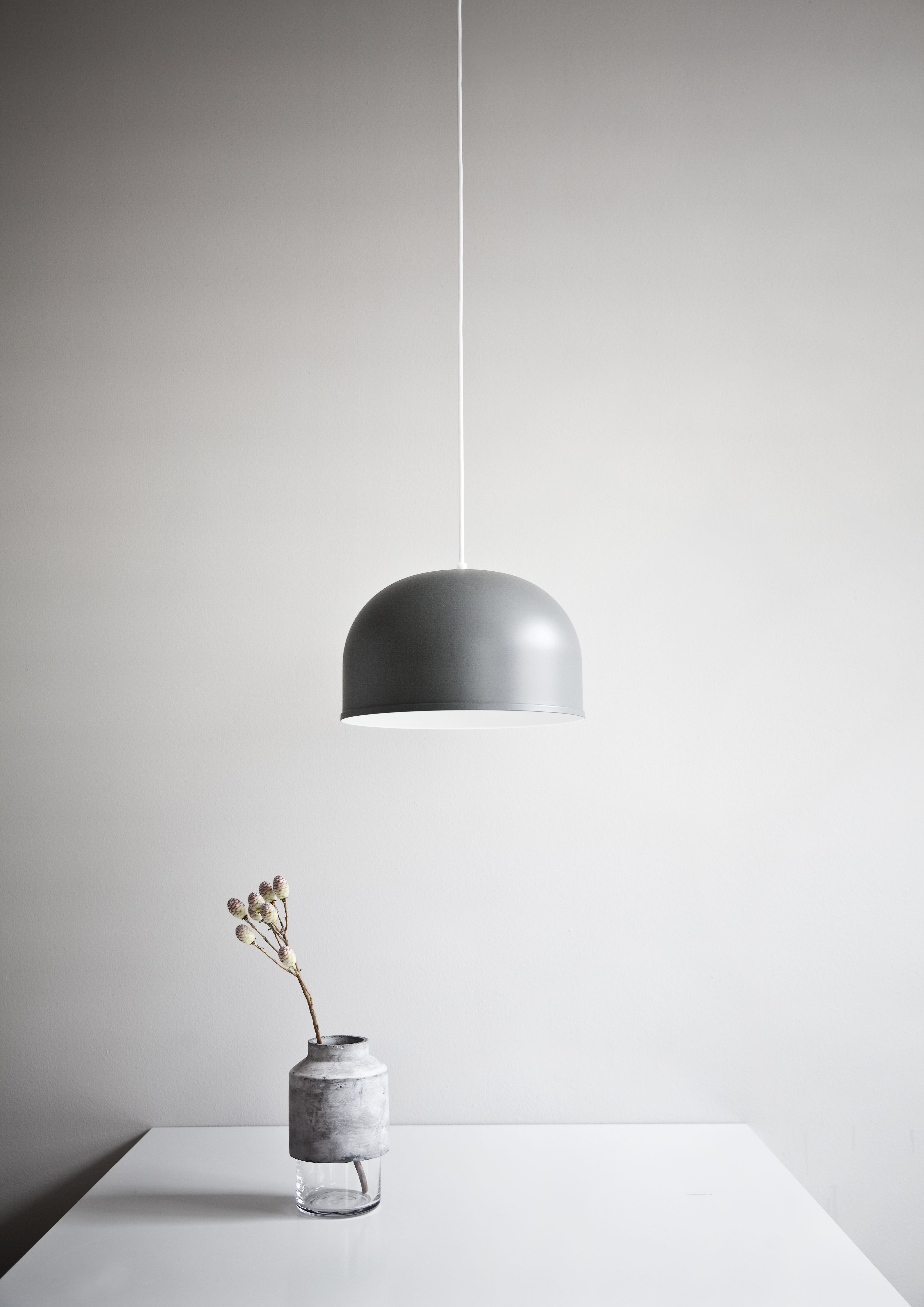
Images/Bilder: via Hanne Willmann
Das Hanne Willmann Interview wurde anfang 2017 in Berlin geführt. Das Hanne Willmann Studio befindet sich in der Pappelallee 10, 10437 Berlin (Prenzlauer Berg)



